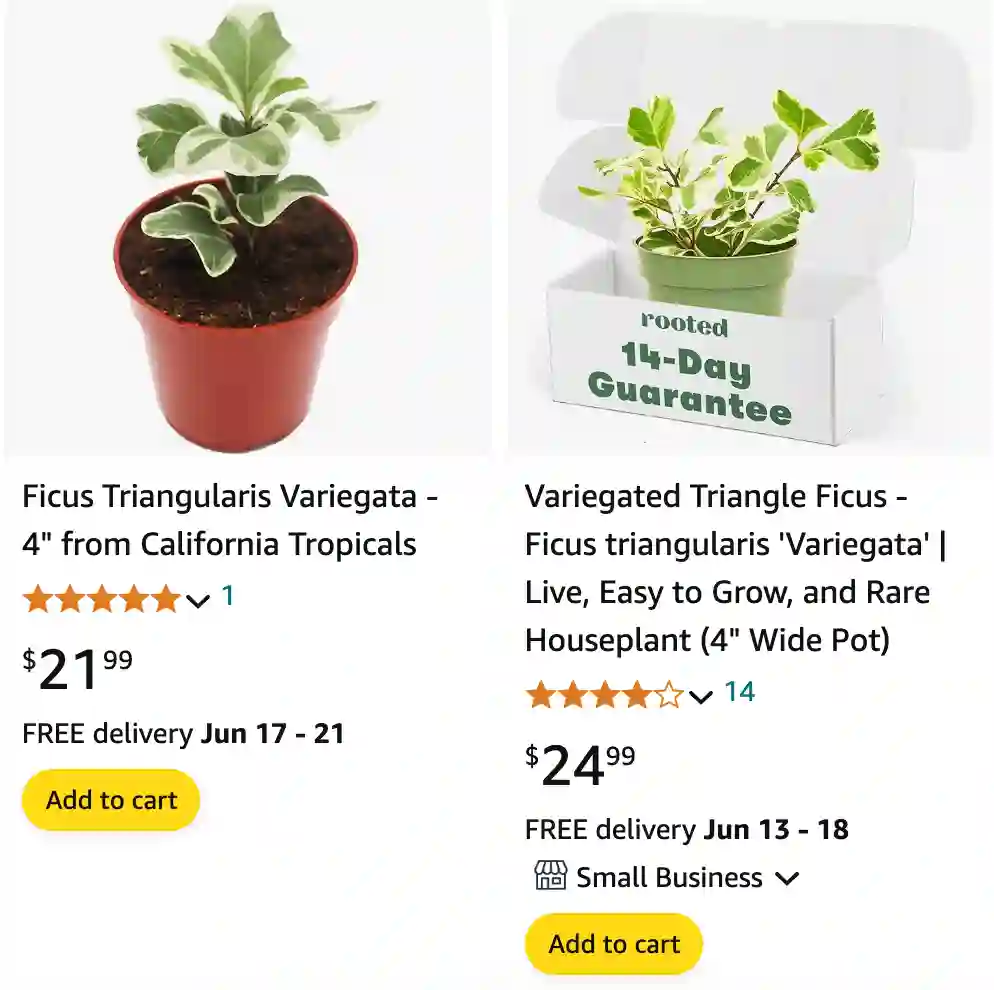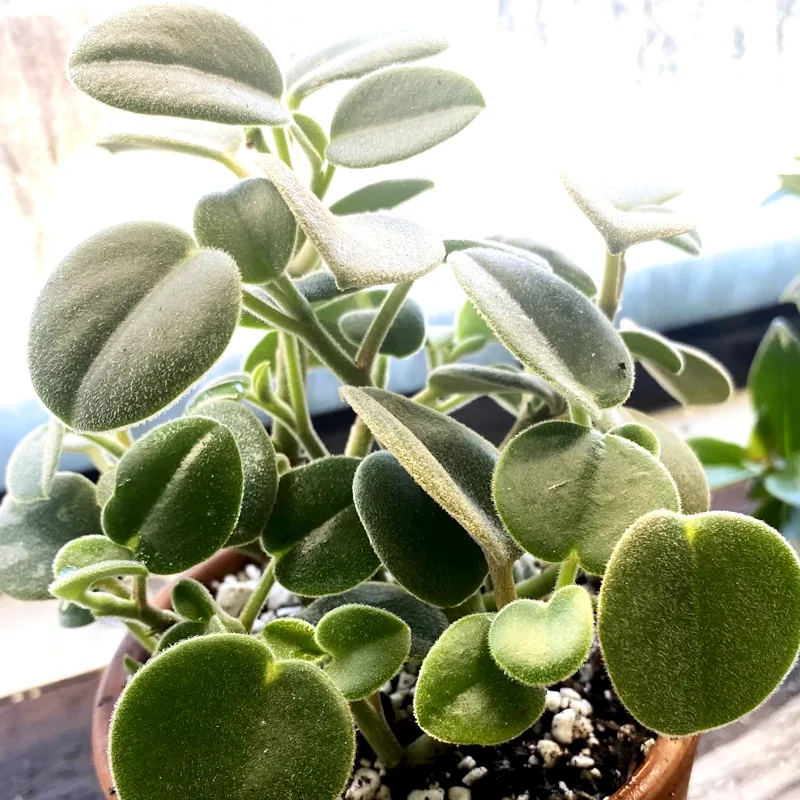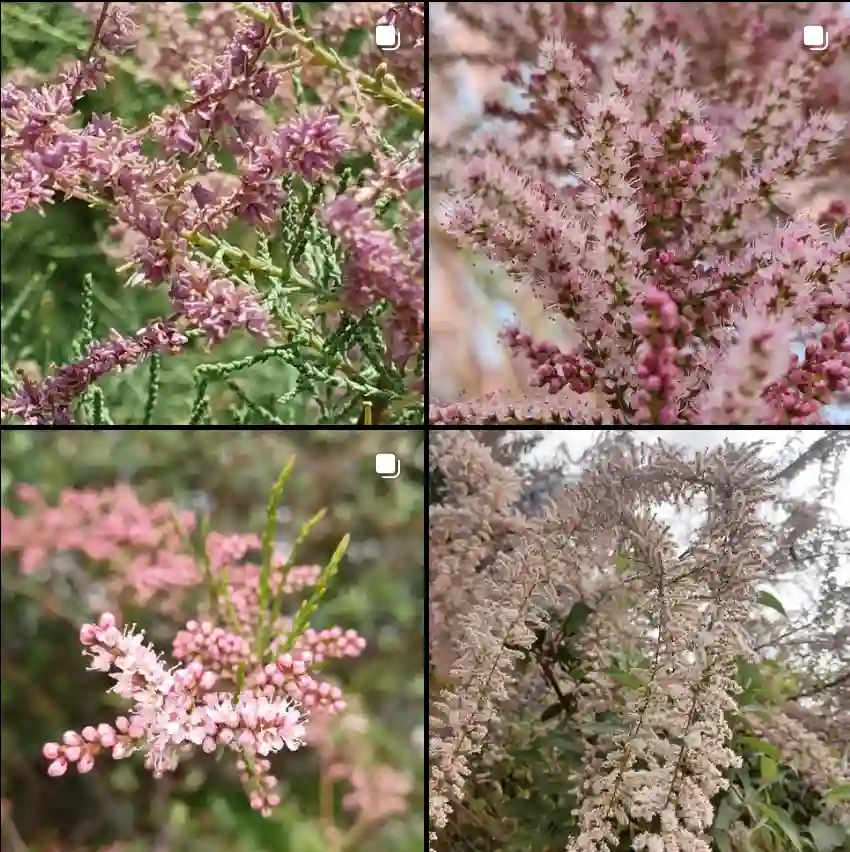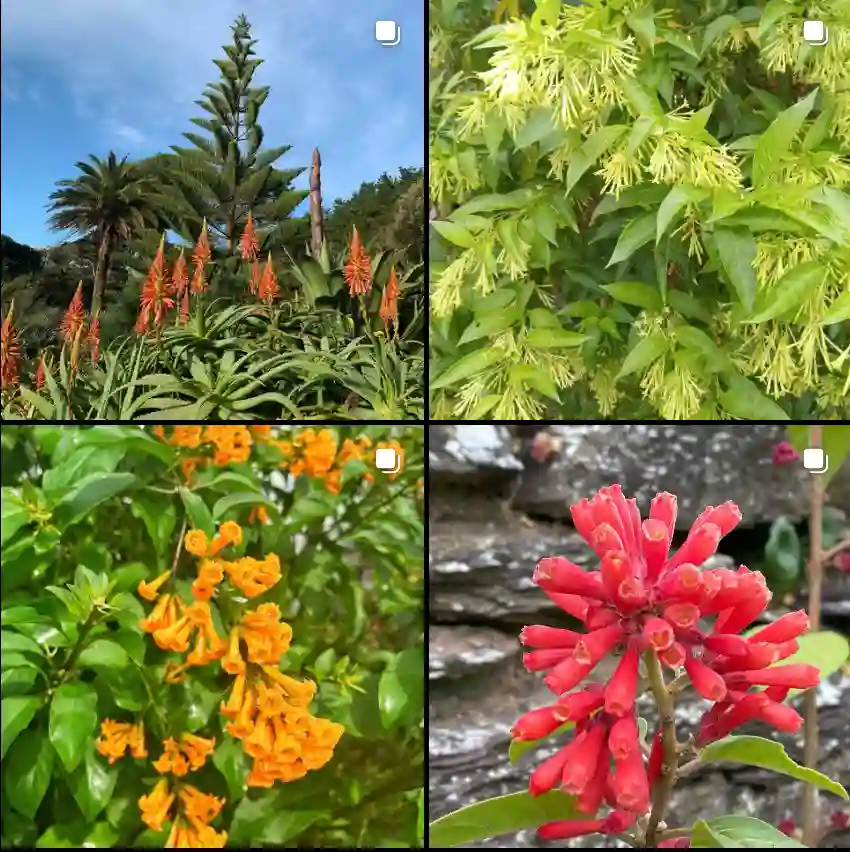
Ficus Triangularis Variegata: Your Guide to the Stunning Fig with Flair
Hi, Ferb Vu here! Today, we’re diving into the world of the Ficus Triangularis Variegata, a houseplant that’s as captivating as it is relatively easy to care for. This beauty boasts unique triangular leaves with creamy white edges, making it a standout in any indoor space.
Whether you’re a seasoned plant parent or a curious newcomer, this FAQ will equip you with the knowledge to nurture your Ficus Triangularis Variegata to its full potential.
880 Species in Genus Ficus
What Makes the Ficus Triangularis Variegata Special?
This ficus isn’t your average houseplant. Here’s what sets it apart:
- Striking Foliage: The most captivating feature is undoubtedly its foliage. The thick, waxy leaves showcase a beautiful contrast between the vibrant green center and the creamy white margin. Each leaf is distinct, adding a touch of artistic flair to your home.
- Manageable Size: Unlike its larger cousin, the Ficus Lyrata (Fiddle Leaf Fig), the Ficus Triangularis Variegata stays relatively compact indoors. It typically reaches a height of 3-6 feet, making it ideal for apartments or smaller living spaces.
- Air-Purifying Powerhouse: This ficus joins the ranks of air-purifying plants, helping to remove common toxins from your indoor environment.
Ficus Triangularis Variegata vs. Ficus Lyrata: A Tale of Two Figs
Both the Ficus Triangularis Variegata and the Fiddle Leaf Fig are popular choices, but there are some key differences to consider:
- Leaf Shape: As the name suggests, the Ficus Triangularis Variegata boasts triangular leaves. The Fiddle Leaf Fig, on the other hand, has large, broad, fiddle-shaped leaves.
- Light Requirements: The Ficus Triangularis Variegata thrives in bright, indirect light. The Fiddle Leaf Fig also appreciates bright light but can tolerate lower light conditions compared to its variegated cousin.
- Growth Habit: The Ficus Triangularis Variegata tends to grow bushier and fuller compared to the Fiddle Leaf Fig, which grows taller with a single main stem.
How to care for Ficus Triangularis Variegata?
Now that you’re smitten with this stunning plant, let’s delve into its care needs:
- Light: Bright, indirect light is key. South-facing windows with sheer curtains or an east-facing window provide the perfect amount of light. Avoid direct sunlight, which can scorch the leaves.
- Watering: Allow the top inch of soil to dry completely between waterings. Overwatering is a major enemy of this plant, so err on the side of underwatering.
- Humidity: Moderate humidity is ideal. Grouping your Ficus Triangularis Variegata with other plants or using a pebble tray filled with water can help increase humidity levels.
- Soil: Well-draining potting mix is crucial. Opt for a mix specifically formulated for houseplants or create your own by combining potting soil with perlite or orchid bark for optimal drainage.
- Fertilizer: During the growing season (spring and summer), a balanced fertilizer diluted to half strength can be applied once a month. Withhold fertilizer during fall and winter.
Troubleshooting Common Ficus Triangularis Variegata Issues
Even the most dedicated plant parent might encounter a few hiccups. Here’s how to address some common problems:
- Leaf Drop: This can be caused by underwatering, overwatering, sudden changes in light or temperature, or pests. Check your watering habits and ensure proper light and temperature.
- Loss of Variegation: Low light levels can cause the leaves to lose their creamy white edges. Ensure your plant receives enough bright, indirect light.
- Brown Leaves: This could be due to underwatering, sunburn, or pests. Adjust your watering schedule, check for sunburn spots, and inspect for pests.
Conclusion: Embrace the Flair of the Ficus Triangularis Variegata
With its stunning foliage, manageable size, and air-purifying properties, the Ficus Triangularis Variegata is a fantastic addition to any indoor space. By following these simple care tips, you can ensure your variegated fig thrives and adds a touch of elegance to your home. Happy planting!
If i die, water my plants!



